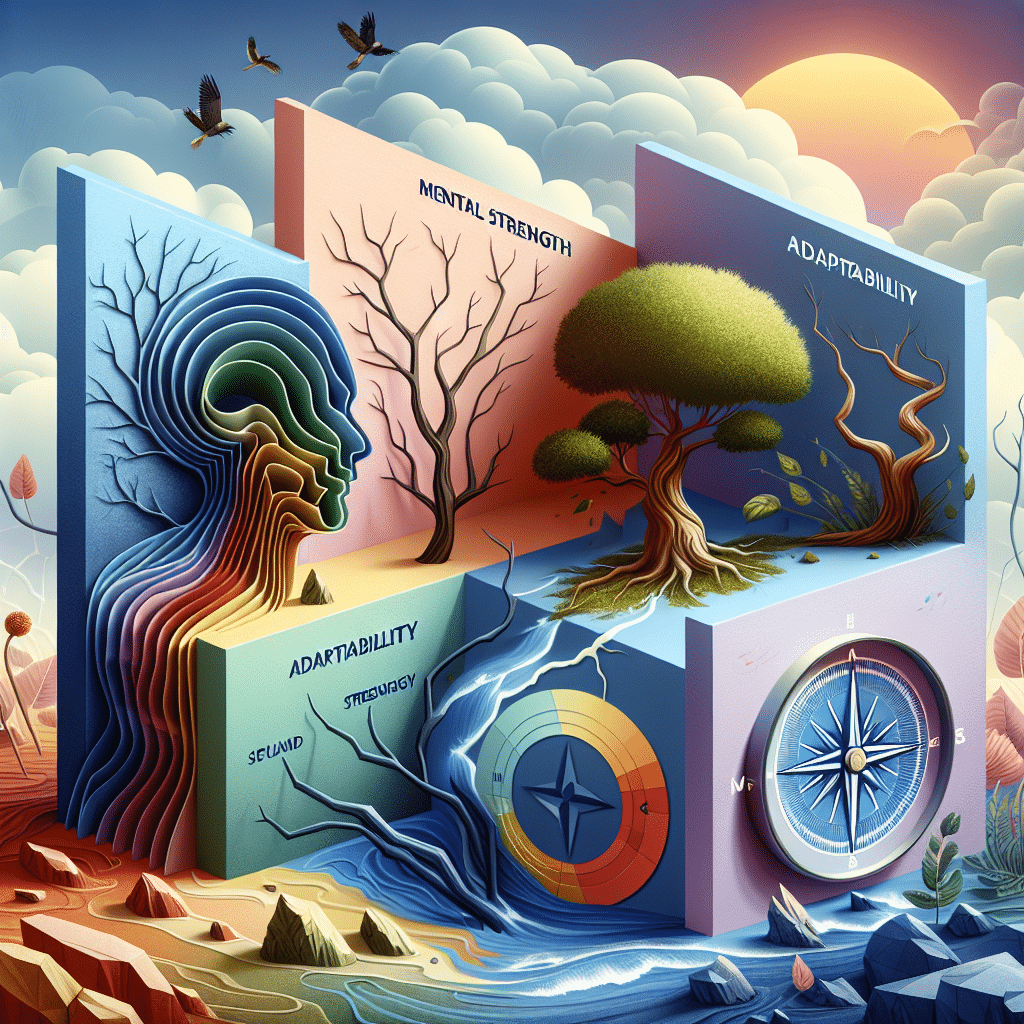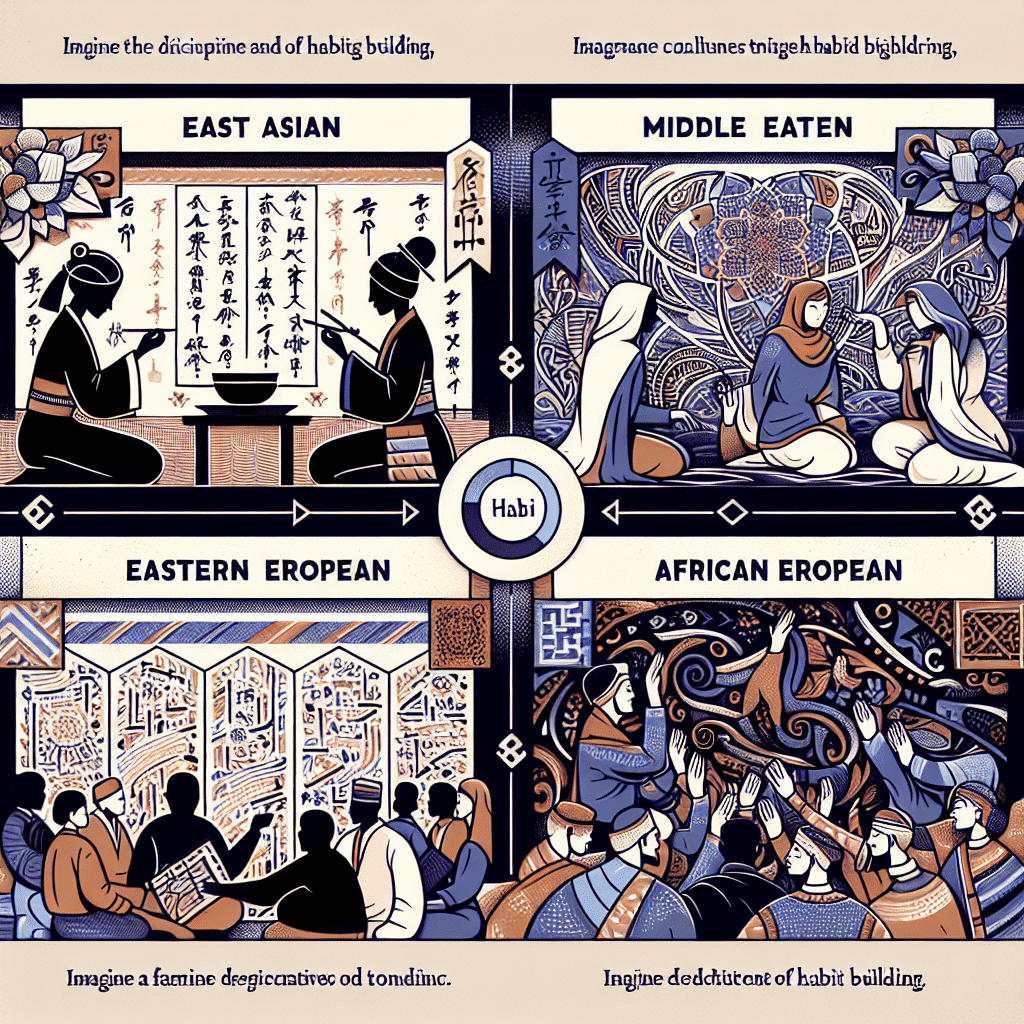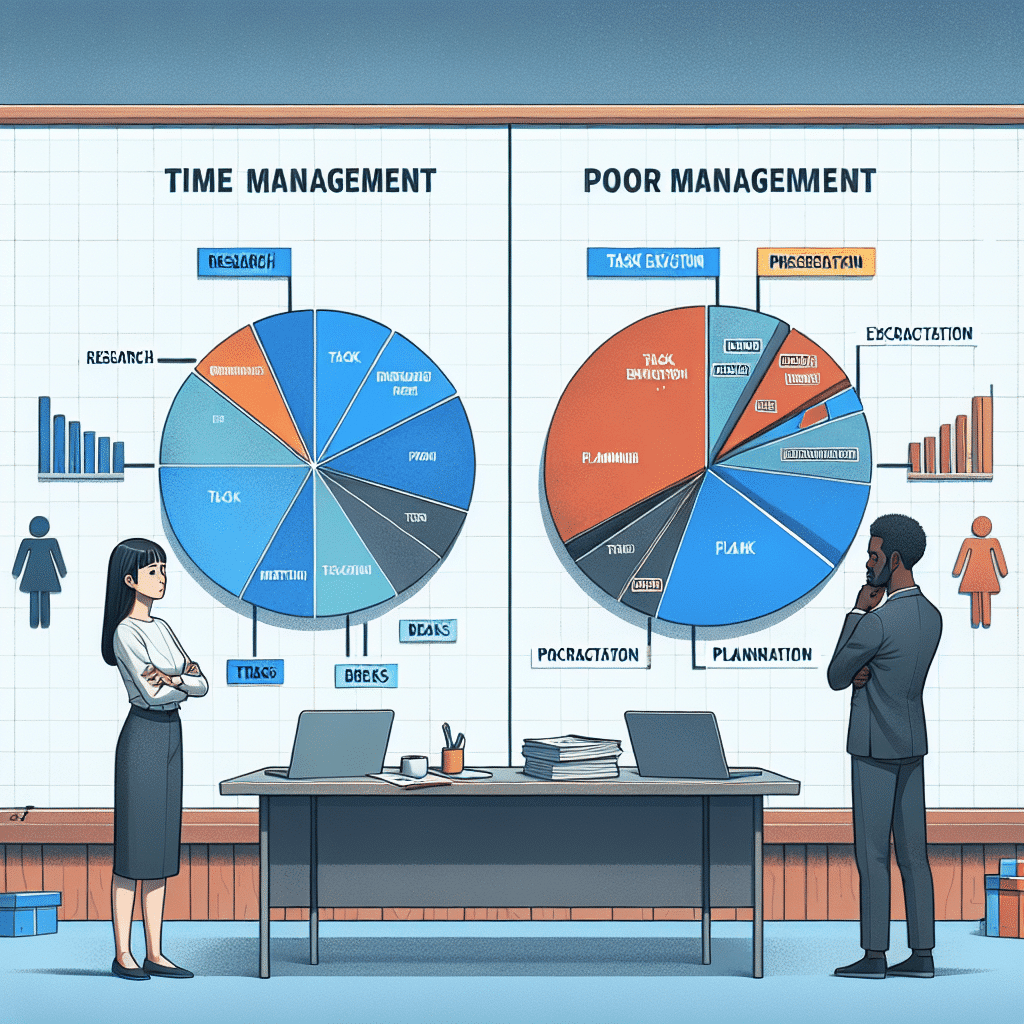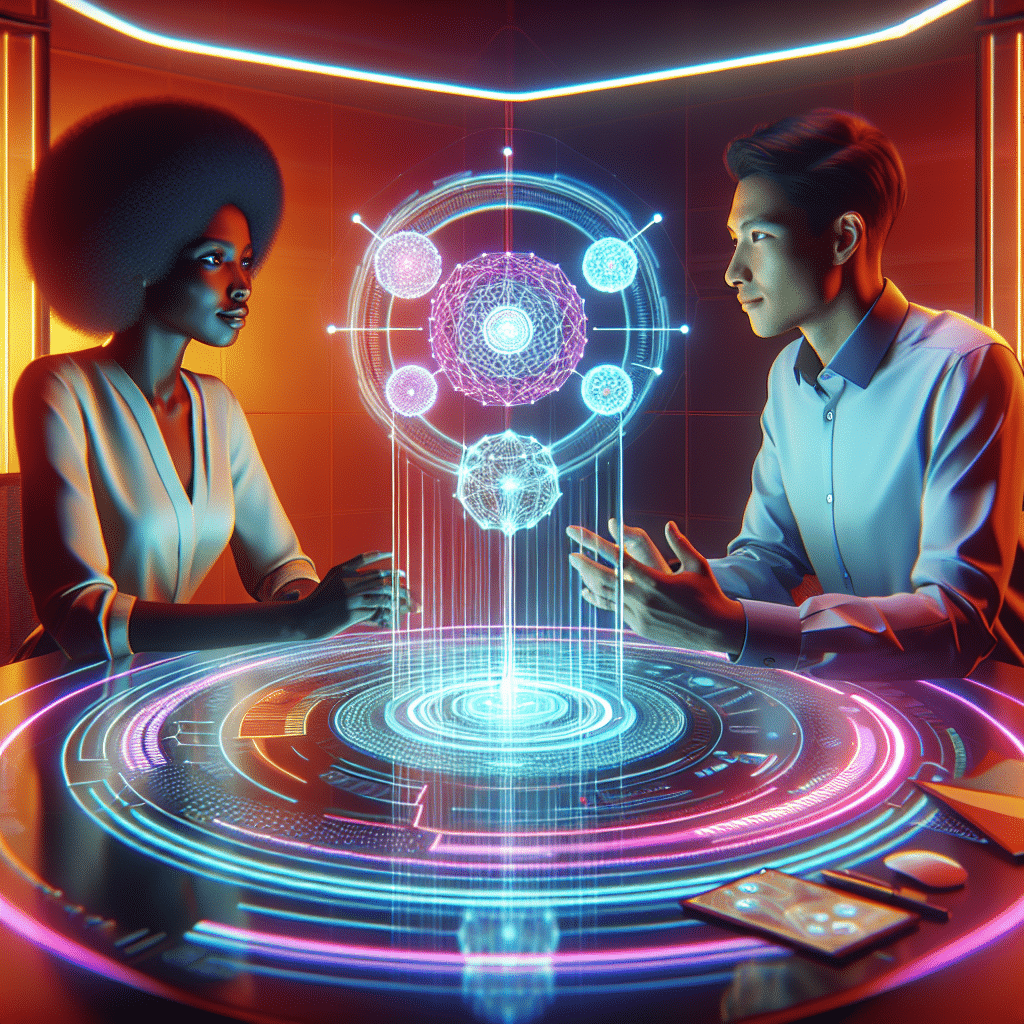
Technological advancements have revolutionized the way we communicate and interact with others, leading to significant changes in relationship building. Over the years, communication technologies have evolved tremendously, offering new ways for people to connect and form meaningful connections.
Impact of social media on relationship building
Social media has revolutionized the way we connect and interact with others, greatly impacting the realm of relationship building. The rise of platforms such as Facebook, Instagram, Twitter, and LinkedIn has provided individuals with new avenues to establish and maintain relationships, both personal and professional.
One of the key advantages of social media is its ability to bridge geographic gaps, allowing individuals to connect with people from all over the world. It has opened up opportunities for long-distance relationships and has made it easier for people to stay in touch with loved ones who may be far away.
Furthermore, social media provides a platform for individuals to express themselves and share aspects of their lives, fostering a sense of authenticity and connection. Through sharing updates, photos, and videos, individuals can create a digital narrative of their lives, enabling others to feel closer and more involved. This transparency can enhance bonding and deepen relationships, even across vast distances.
In addition to personal relationships, social media has also become a valuable tool for businesses to build and maintain customer relationships. Companies can reach out to potential customers, engage with existing ones, and receive feedback in real-time. This level of interaction helps to establish brand loyalty and build lasting customer relationships. As such, social media platforms have become a critical component of modern marketing strategies.
However, despite the numerous benefits, social media also presents its own challenges when it comes to relationship building. The curated nature of social media profiles often creates a sense of perfectionism and comparison, leading some individuals to experience feelings of inadequacy or loneliness. It is crucial to strike a balance between online and offline interactions, ensuring that social media does not replace genuine face-to-face connections.
In conclusion, social media has had a profound impact on relationship building. It has provided individuals with new avenues to establish and maintain connections, overcome geographical barriers, and foster authenticity. While it has its challenges, social media remains a powerful tool for building and maintaining relationships, both personal and professional.
Section 3: Role of video conferencing in maintaining personal connections
In today’s fast-paced world, maintaining personal connections with loved ones can be a challenge, especially when distance separates us. However, thanks to technological advancements, video conferencing has emerged as a valuable tool in bridging this gap and fostering meaningful relationships.
Video conferencing allows individuals to communicate face-to-face in real time, regardless of their physical location. This technology has revolutionized the way we connect with others, breaking down barriers and enabling us to maintain personal relationships even when we are far apart.
Enhanced Communication
One of the key benefits of video conferencing is its ability to enhance communication. Through high-quality audio and video feeds, individuals can see and hear each other clearly, mimicking the experience of being in the same room. This level of immersion enables more authentic and meaningful conversations, allowing for a deeper connection to be formed.
Additionally, video conferencing provides non-verbal cues such as facial expressions, gestures, and body language, which are vital for effective communication. These visual cues help in conveying emotions and building empathy, creating a sense of closeness that would be difficult to achieve through other means of communication.
Convenience and Accessibility
Video conferencing also offers convenience and accessibility, making it easier for individuals to connect with their loved ones. Unlike traditional methods of communication, such as phone calls or emails, video conferencing allows for a more personal and interactive experience.
With advancements in mobile technology and the availability of video conferencing apps, individuals can initiate video calls from the comfort of their own homes or even while on the go. This flexibility ensures that personal connections can be maintained regardless of geographical constraints, providing a sense of continuity and closeness.
Celebrating Milestones Together
Video conferencing has also become instrumental in celebrating milestones and important events together, even when physically apart. Whether it is a birthday, graduation, or anniversary, video conferencing allows loved ones to share these special moments in real time.
Through video calls, individuals can witness the joy and happiness of their loved ones, creating a sense of togetherness despite the physical distance. This not only strengthens the bond between individuals but also helps in building a support system and feeling connected during important life events.
In conclusion, video conferencing plays a crucial role in maintaining personal connections and fostering meaningful relationships. It enhances communication, offers convenience and accessibility, and allows for the celebration of milestones together. As technology continues to advance, we can expect video conferencing to further evolve, enabling even more immersive and meaningful interactions.
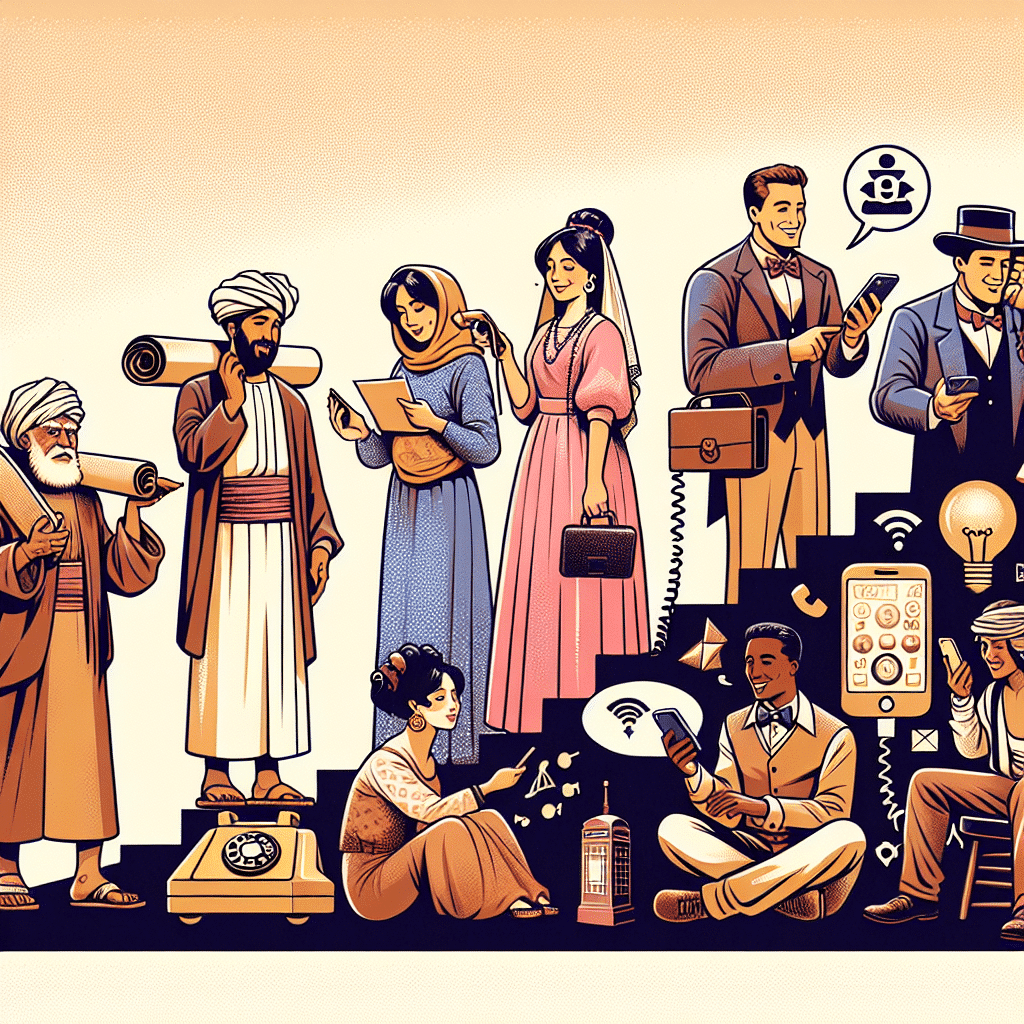
Benefits of virtual reality in enhancing long-distance relationships
In recent years, the advent of virtual reality (VR) technology has revolutionized the way we interact with our environment and connect with others. Virtual reality provides an immersive experience that allows individuals to feel as though they are physically present in a different location. This technology has significant potential in enhancing and strengthening long-distance relationships.
1. Overcoming physical barriers
Virtual reality enables individuals in long-distance relationships to overcome the physical barriers that separate them. Through VR headsets and controllers, couples can engage in activities together, such as exploring virtual environments, playing games, and even going on simulated virtual dates. This shared experience helps bridge the geographical distance and creates a sense of togetherness.
2. Emotional connection
One of the main challenges of long-distance relationships is the lack of physical intimacy and non-verbal communication cues. However, virtual reality can simulate these aspects to some extent. For example, with haptic feedback devices, users can feel the sense of touch, allowing partners to hold hands, hug, or even share a kiss in the virtual world. This enhances the emotional connection between individuals, making them feel closer and more connected despite the physical distance.
3. Shared virtual experiences
Virtual reality offers the ability to create shared experiences even when physically apart. Whether it’s attending virtual concerts, exploring museums, or taking virtual vacations, couples can immerse themselves in unique and exciting activities together. These shared virtual experiences not only make long-distance relationships more enjoyable but also foster a sense of unity and shared memories.
4. Increased communication opportunities
Traditional long-distance communication methods, such as phone calls or video chats, often lack the depth and intimacy of in-person interactions. Virtual reality, on the other hand, enables more natural and immersive communication. Users can interact with each other using avatars, mimicking real-life gestures and facial expressions. This allows for a more authentic and engaging communication experience, leading to stronger emotional connections and a deeper understanding of each other’s emotions.
5. Building trust and empathy
Long-distance relationships require a high level of trust and empathy. Virtual reality can aid in building these essential elements by providing opportunities for partners to understand each other’s perspectives and emotions in a more profound way. By immersing themselves in virtual environments, individuals can experience situations through each other’s eyes, fostering empathy and understanding. This helps in building trust and promoting a greater sense of emotional closeness.
In conclusion, virtual reality technology has opened up new possibilities for enhancing long-distance relationships. By overcoming physical barriers, creating emotional connections, facilitating shared experiences, improving communication, and building trust and empathy, VR can play a significant role in fostering meaningful and fulfilling connections between individuals who are geographically separated. As this technology continues to evolve, we can expect even greater advancements in the future, further bridging the gap and bringing virtual and physical worlds closer together.
Future Prospects of Artificial Intelligence in Fostering Meaningful Relationships
Artificial Intelligence (AI) is rapidly transforming various aspects of our lives, and one area where it holds great potential is in fostering meaningful relationships. As AI technology continues to advance, we can expect to see a range of applications that will revolutionize how we form and maintain connections with others.
Enhanced matchmaking
One of the most exciting prospects of AI in relationship building is its ability to enhance matchmaking. By analyzing vast amounts of data, AI algorithms can identify patterns and preferences to suggest compatible partners. Dating apps and websites are already leveraging AI to provide more accurate and personalized recommendations. This not only saves time for individuals but also increases the likelihood of finding a compatible match.
Improved communication skills
Effective communication is crucial for building strong relationships. AI-powered tools can analyze conversations, gestures, and facial expressions to provide feedback and suggestions for improving communication skills. For example, AI chatbots can simulate realistic conversations and provide users with insights on their communication style, helping them become more empathetic and understanding in their interactions.
Virtual companionship
Loneliness and isolation can be major challenges, especially for individuals who are unable to form meaningful connections due to various reasons. AI-powered virtual companions can provide companionship and emotional support to those who need it. These virtual companions can engage in conversations, provide encouragement, and even offer personalized advice based on the user’s preferences and needs.
Personalized relationship advice
AI can also offer personalized relationship advice by analyzing an individual’s communication patterns, behavior, and past experiences. This can help individuals gain insights into their relationship dynamics and identify areas for improvement. AI-powered relationship coaches can provide tailored advice and suggestions to address conflicts, improve communication, and enhance overall relationship satisfaction.
Automated reminders and planning
AI can assist in maintaining relationships by automating reminders and planning activities. With AI-powered personal assistants, individuals can receive prompts and suggestions for scheduling date nights, anniversaries, or other special occasions. These reminders can help couples stay organized and ensure that important events are not overlooked, ultimately fostering stronger and more meaningful relationships.
In conclusion, the future prospects of AI in relationship building are promising. From enhanced matchmaking to personalized advice and virtual companionship, AI has the potential to revolutionize how we form and maintain connections with others. As AI technology continues to advance, we can look forward to even more innovative applications that will significantly impact the way we build and nurture meaningful relationships.
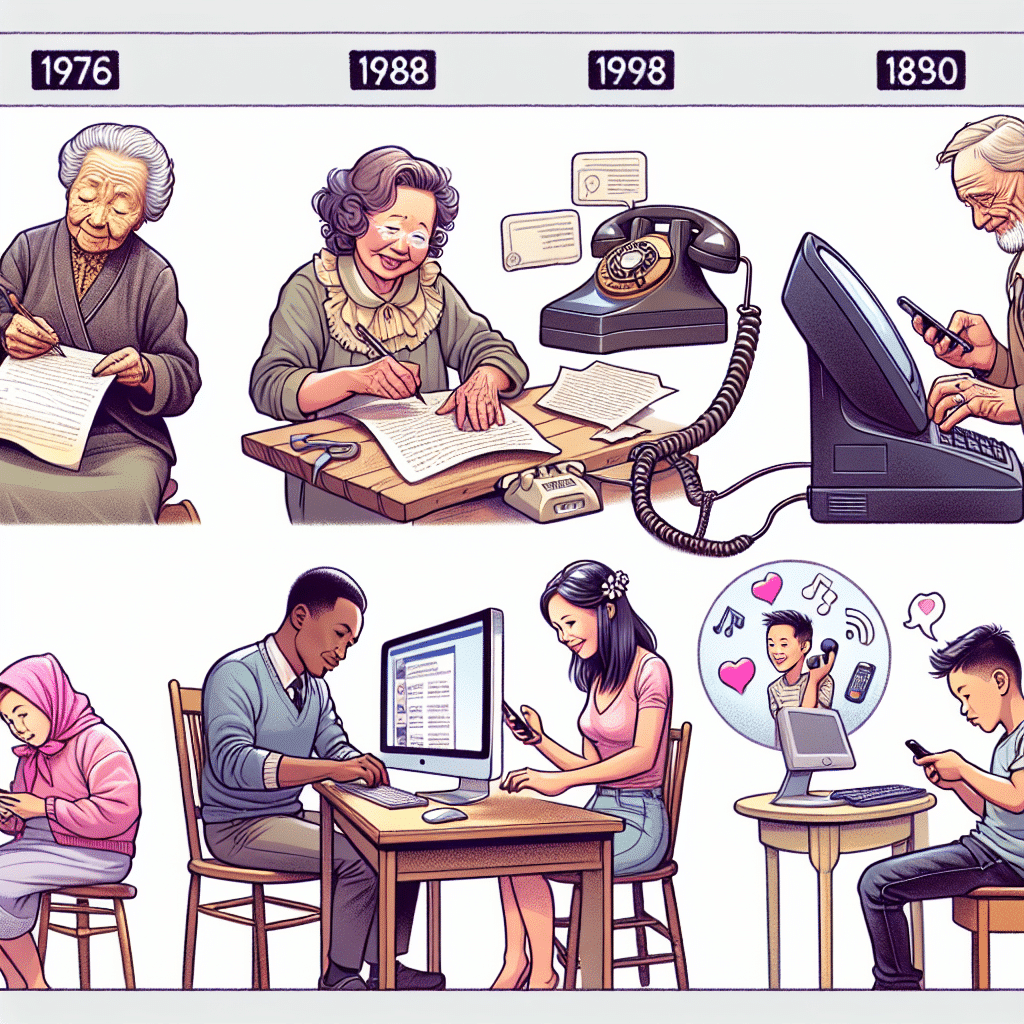
Conclusion
In the modern digital age, technological advancements have revolutionized the way we build and maintain relationships. The evolution of communication technologies has made it easier than ever to connect with others, regardless of geographical distance. Social media platforms have played a significant role in fostering relationships, allowing individuals to stay connected and build new connections. Video conferencing has bridged the gap between in-person interactions and virtual meetings, making it possible to maintain personal connections across the globe. Additionally, virtual reality has opened up new possibilities for enhancing long-distance relationships, providing immersive and lifelike experiences. Looking ahead, artificial intelligence holds promise for further empowering individuals in fostering meaningful and authentic relationships. Overall, these technological advancements have transformed and enriched the way we build relationships in the digital age.



